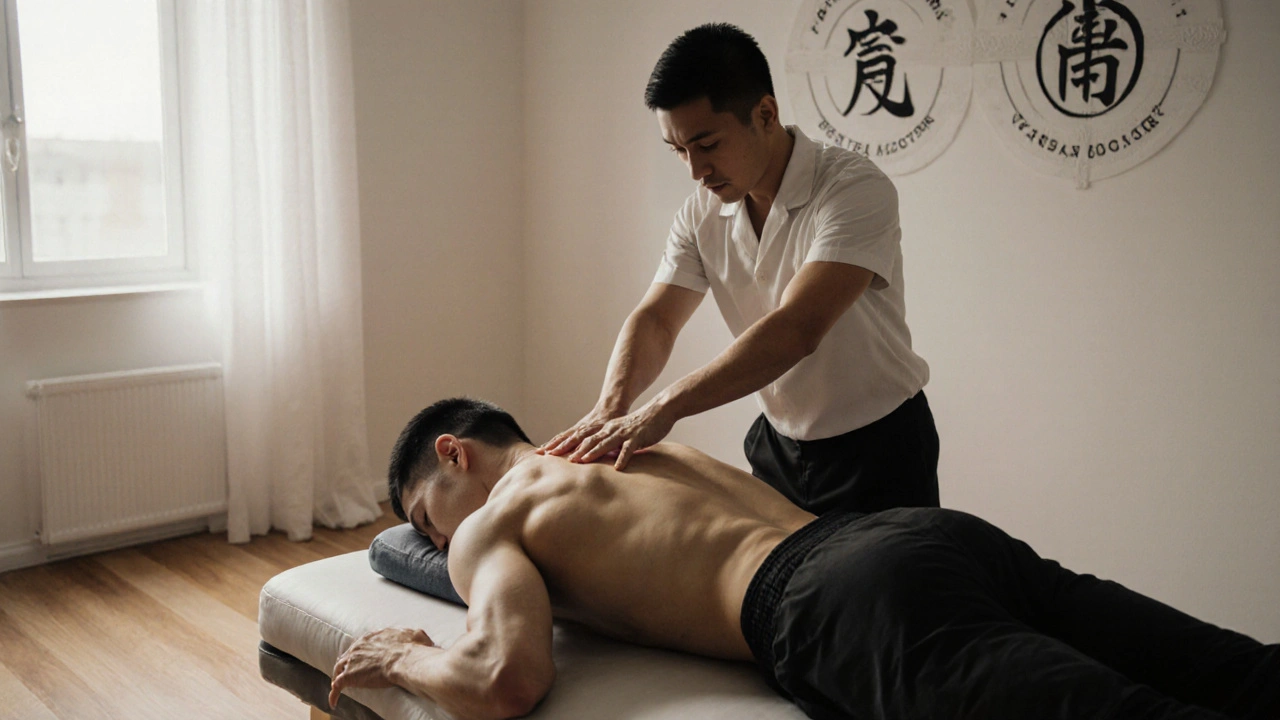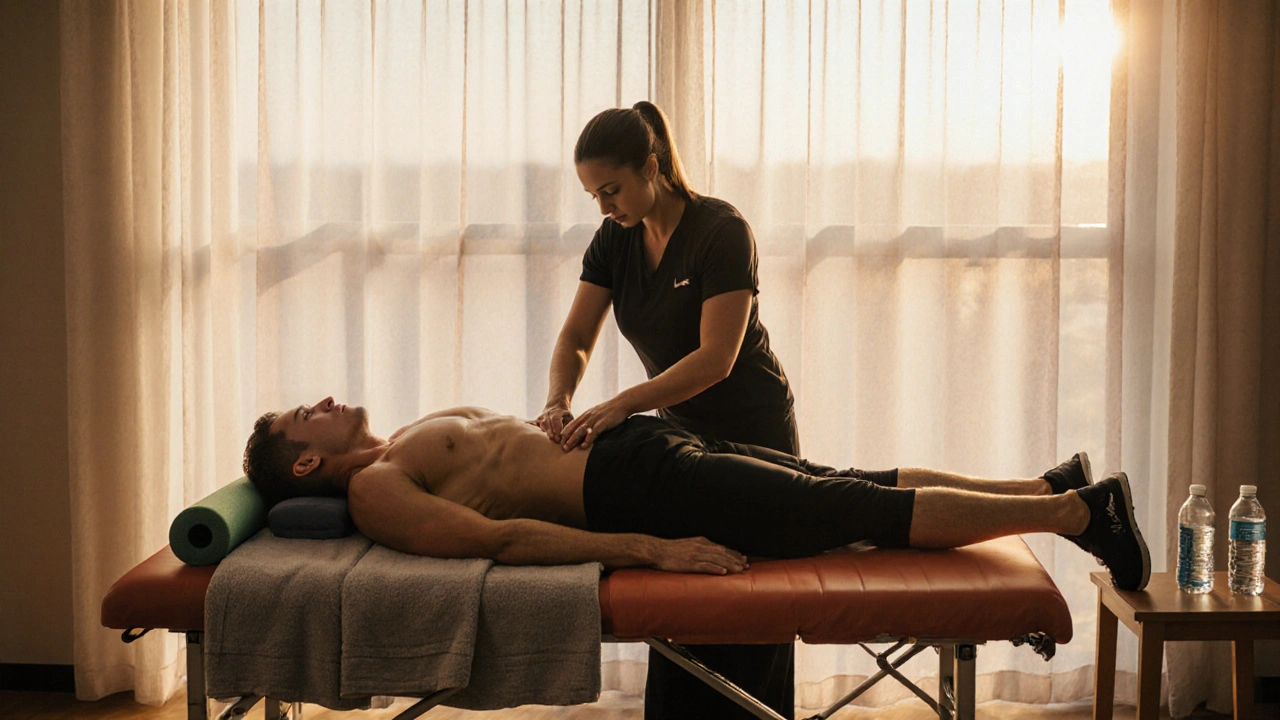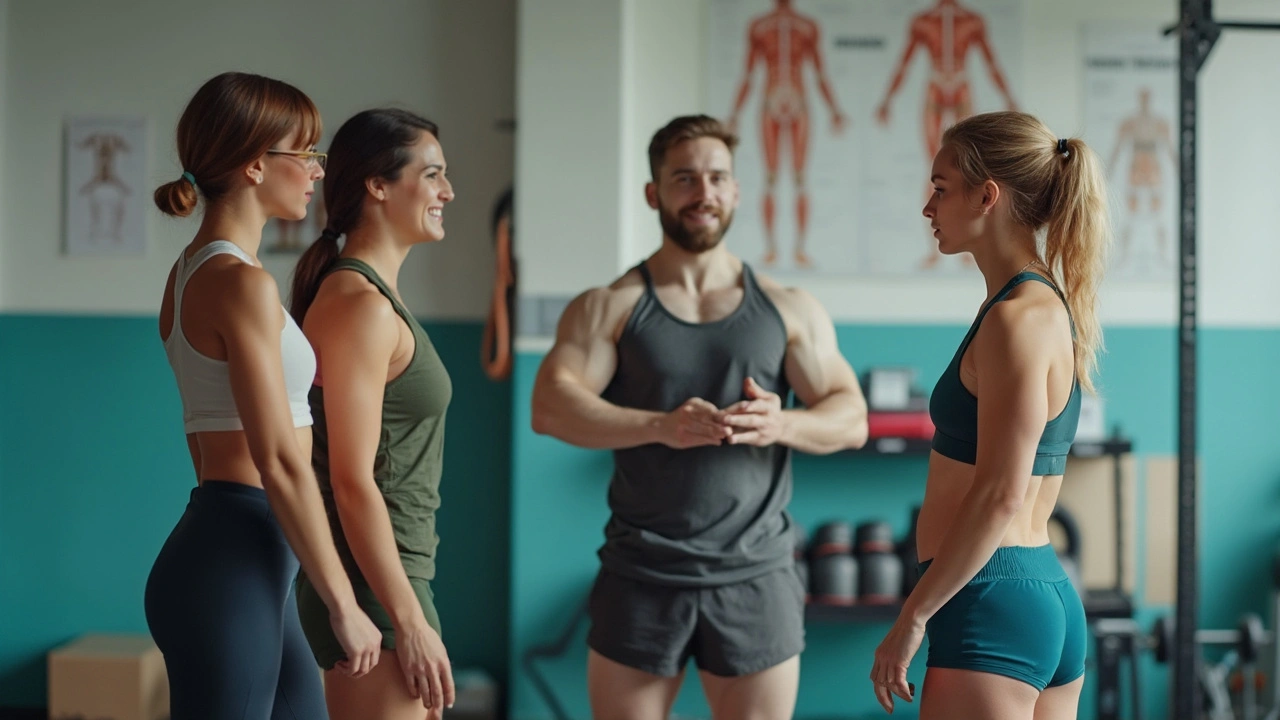Muscle Recovery: Simple Massage Strategies for Faster Healing
Got sore legs after a weekend bike ride or a heavy gym session? You don’t need to wait weeks for the aches to fade. A well‑chosen massage can flush out waste, relax tight fibers, and get you back on track in days. Below you’ll find the most effective massage styles in Amsterdam, practical tips for choosing a therapist, and easy steps to turn a session into lasting recovery.
Why Massage Moves the Needle on Muscle Recovery
Massage works like a pump. When a therapist applies pressure, blood vessels open up, sending fresh oxygen and nutrients straight to the damaged tissue. At the same time, the lymphatic system clears out lactic acid and micro‑debris that cause stiffness. The result? Less swelling, lower pain scores, and a quicker return to normal movement. Studies from local sports clinics show athletes who add a weekly deep‑tissue or Tuina session cut their recovery time by up to 30%.
Pick the Right Massage for Your Body
Deep Tissue Massage – Ideal if you feel knots that won’t go away. The therapist works slower, targeting the deeper layers of muscle. Expect a firm but tolerable pressure; you’ll feel relief a few days later as the tissue remodels.
Swedish Massage – Best for light soreness and overall relaxation. Long strokes boost circulation without intense pressure, making it a gentle intro for beginners.
Tuina Massage – This Chinese technique blends pressure points with rhythmic strokes. It’s great for athletes because it balances strength and flexibility while improving joint range.
Thai Massage – Think of it as assisted yoga. The therapist stretches you while applying pressure, which can release deep tension in the hips and hamstrings—common trouble spots after long rides.
When you book, ask the therapist what pressure level they use and whether they’ll focus on the muscle groups you’ve strained. A quick chat ensures the session matches your recovery goal instead of giving you a generic experience.
After the massage, keep the momentum going. Stay hydrated, add a short walk, and do a few gentle stretches the same day. This helps the newly‑circulated blood keep moving, preventing the soreness from creeping back.
Finding a reliable studio in Amsterdam is easier than you think. Look for places that list qualified therapists, read a couple of recent reviews, and check if they offer a post‑session care guide. Many local spas also bundle a short stretch routine with the treatment—take advantage of it.
Bottom line: a focused massage isn’t just a luxury; it’s a fast‑track to muscle recovery. Choose the style that fits your pain level, communicate clearly with your therapist, and follow up with hydration and light movement. In a week or two you’ll notice less stiffness, better performance, and a stronger appetite for your next workout.
How Tuina Massage Can Enhance Your Athletic Performance
Tuina massage enhances athletic performance by improving recovery, reducing inflammation, and increasing mobility. Learn how this ancient Chinese therapy helps athletes train harder and recover faster.
Body Massage: Why It’s Essential for Your Fitness Routine
Body massage isn't just relaxation-it's essential recovery for anyone serious about fitness. Learn how it reduces soreness, prevents injuries, and boosts performance with science-backed benefits and practical tips.
Deep Tissue Massage: The Essential Guide for Muscle Recovery
Deep tissue massage is more than just relaxing—it’s a powerful tool for relieving muscle pain, speeding up recovery, and supporting an active lifestyle. This guide breaks down what deep tissue massage is, how it works, and who it benefits. You’ll get practical tips for finding the right massage service, what to expect during your first session, and how to stay safe. Whether you’re an athlete or just sore from everyday stress, this article covers everything you need. Let’s make muscle recovery simple and effective.


